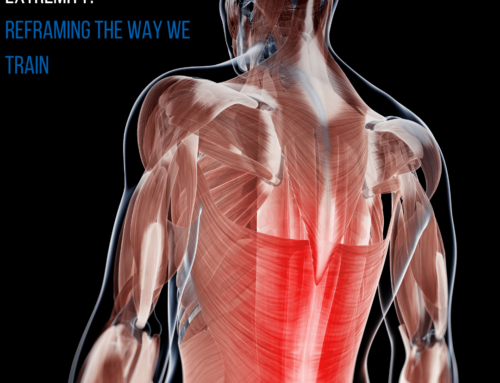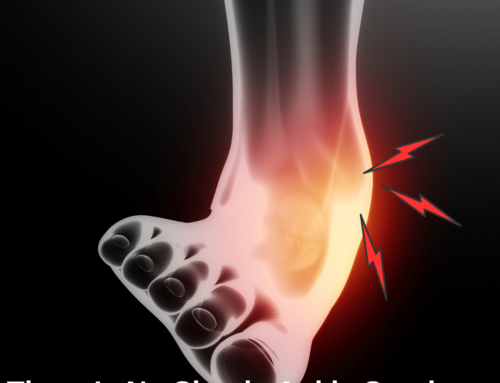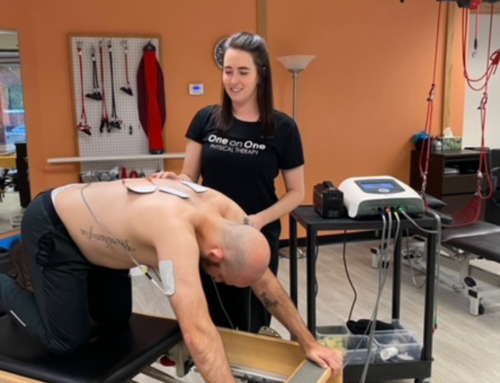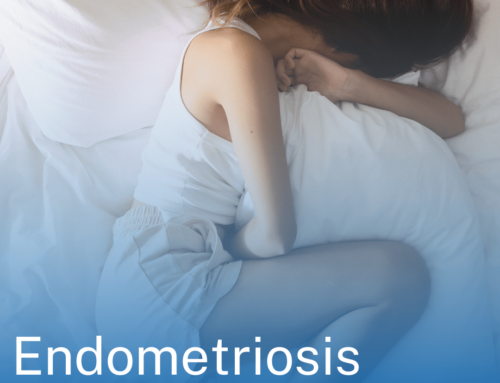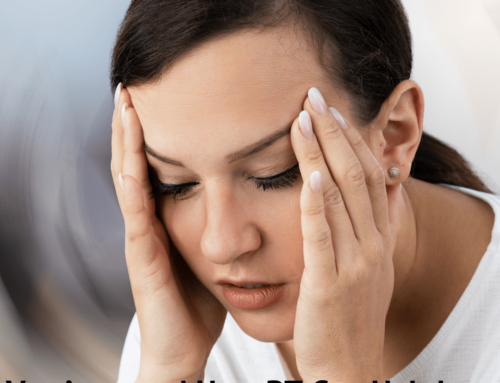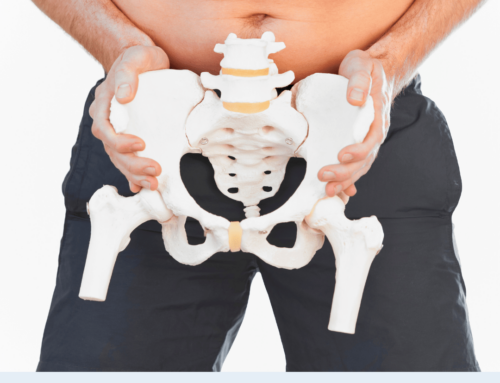Injury Prevention for Golf
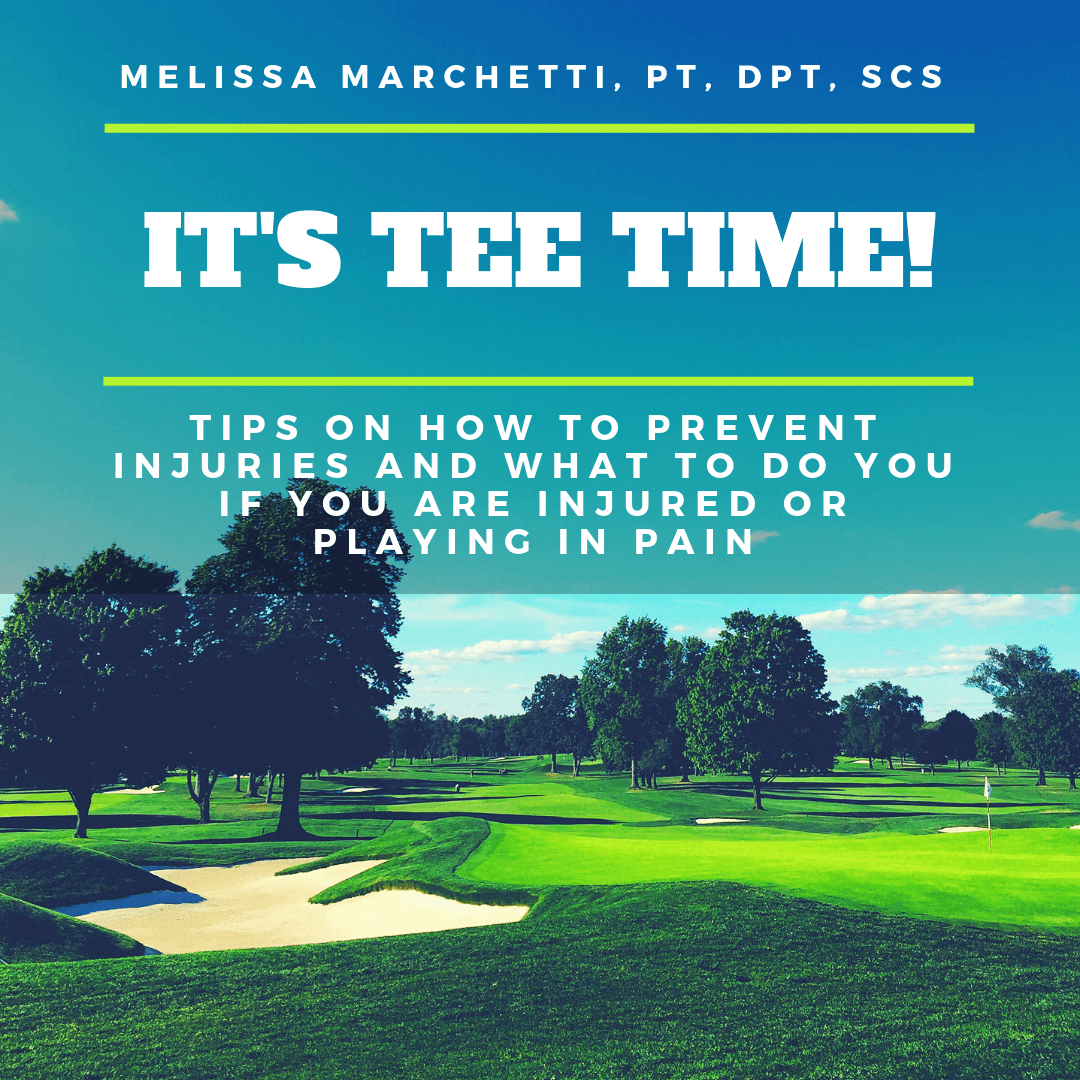
It’s Tee Time
Spring has sprung and the birdies are rolling across the greens. The golf season is heating up. As you head out to the course or range, here are a few simple tips to help you avoid injury. Now, if you are already struggling with pain in your back, hips, neck or elbow, well we are here to help! The most common golf related injuries we see at One on One PT begin with the lower back and hips.
Good posture is an important aspect the golf swing. In order to hold yourself in good position to address the ball before the swing, you do need good core and glute strength. At One on One PT, we perform weak link testing on all golfers to see how strong they are and we work on those areas of weakness to help you drive the ball farther and with more accuracy. Yes! Working with a sports PT can actually help you gain some distance! Some of the exercises we recommend for hip and core strength may include various versions of side plank, front planks and bridges. To help you be strong in your stance position, we recommend dead lifts, which encourages a good hip hinge that is required for good posture as you address the ball.
Here are some tips to help keep you on the golf course this season:
Warm-Up
Tightness in the hips and low back can really limit your mobility in your swing, so we do recommend gentle stretching of your hips, back, and shoulders before and after you play. Our best advice is “Don’t skip the warm up”! You’re body needs to get use to the repetitive motions you are going to do for the next several hours, so let’s make sure you are ready to go. Start by taking a couple clubs in both hands and taking slow rotational movements side to side. Follow this link to see a complete dynamic warmup for golf.
Hydrate and Rehydrate
It is warming up out there in Georgia. So, in order to maintain good stamina, energy and power as your are walking the course, stay hydrated. Drink water and sports drink to help replenish your fluid and electrolytes while you are out there sweating. Signs of dehydration and heat illness include tiredness, heavy legs, lightheadedness, headache, nausea, muscle cramping. Make sure to drink 10-20 ounces of water and sports drink before the round starts and continue to drink water every few holes.
Cool Down
Once you have completed golfing for the day, stay on the course or nearby in the locker room to stretch your back, hips, arms and legs. They just did a lot of work so help the muscles cool down so you aren’t stiff, sore or in pain the next day. Stretching helps maintain flexibility and joint mobility. Hold each stretch for about 30 seconds. Cool-down stretching should be done within 30 minutes of coming off the course, so do this before you shower and change clothes. Then, go reward yourself with a glass of wine or beer!
If you or someone you know is struggling with back, hip, knee or even elbow pain while golfing, the best thing to do is stop and seek treatment before the injury worsens or a muscle tears. Physical Therapists are able to use manual therapy, joint manipulation, dry needling, taping/bracing, and exercise to help you feel better on the golf course. You don’t have to suffer or sit on the couch any longer! To book an appointment, contact us at 770-500-3848.
Dr. Melissa Baudo Marchetti is a Board Certified Sports Clinical Specialist at One on One Physical Therapy, a multidisciplinary private practice in Atlanta. For nearly five years she was a full-time sports physiotherapist for the WTA Tour and is a tennis medicine and sports medicine expert. She teaches a Sports Physical Therapy course and assists in teaching orthopedics within the Division of Physical Therapy at Emory University.
